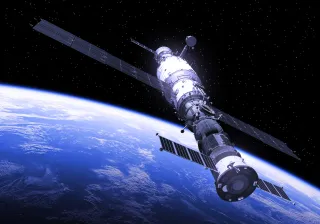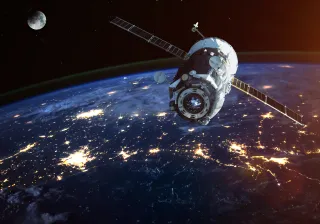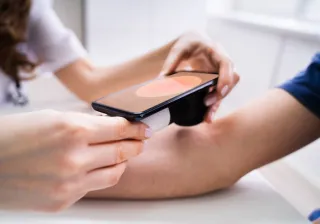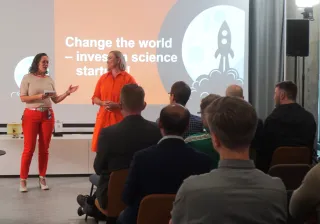Would you believe if I told you that space junk can have significant impact on your everyday life? Let me explain why.
You use satellite technology – even when you don’t know it
Due to the global pandemic, people have shown increasing interest in outdoor activities. Imagine if you want to take just a simple hiking trip to a forest far away from the cityscapes. After a few kilometres walking in the wild, you end up in a beautiful landscape and decide to share a picture of the dark clouds on the horizon with a friend using your handheld device.
Soon you realise that the clouds are getting closer, and a storm is coming your way. You pull out your phone again, and check the weather forecast from an app to see, if the centre of the storm will cross your path. You see that it is safe to proceed.
You continue the trip and after some time, you come across an accident and need to call for help. You use an emergency application, which automatically sends your GPS coordinates to an emergency centre. After the situation has settled, it seems safe to continue. But again, suddenly, the phone notifies that there is a forest fire in your path and the app suggests an alternative route to your destination, at which you finally happily arrive.
While wishing you much more peaceful hiking trips than in this imaginary - but possible scenario - we observe that all these aforementioned digital services (satellite communications, satellite-based positioning, weather forecast, remote sensing to detect forest fires) would not be possible without sophisticated satellites orbiting around Earth.
Space junk is a threat to you – and the mankind
The reliability of satellite services – like the ones described in the imaginary hiking example depends essentially on the ability to mitigate the risks caused by the increasing amount of small debris in space. Fig. 1 visualizes the current space junk situation in space.

Don’t worry, we’re working on a solution!
As part of VTT’s iBEX programme, we are tackling the problem of space junk in our Space for Earth (S4E) project. We are developing ability to detect even small pieces of debris using satellite communications signals as radar. Compared to current radars from Earth we would be much closer to the junk and be able to use satellites to get more detailed information on the situation.

Imagine, if a company that provides satellite services could know exactly how and where space debris is orbiting at any instant. This would help the company to launch their satellites at times when risks of collisions would be minimal and plan the locations of the satellites accordingly.
Large space organizations are investing in space cleaning robots to both catch the “dead” satellites and to collect small debris from space. In order to save money, they would like to have a reliable detection system already in space to locate and track the objects that need to be cleaned. S4E would allow them to focus the available budget to the development and operation of cleaning robots instead of building separate, expensive detection systems.
Vision for functional future
Things that feel like rocket science can have closer relation to our everyday life than we know. With reliable space junk detection there will be services available for future generations – as well as the ability to escape to other planets if things get really bad.
Acknowledgements to Antti Anttonen and Markku Kiviranta who are working in the VTT iBex S4E project together with the author.
Main image of Marko Höyhtyä: ©Jari Aikio






